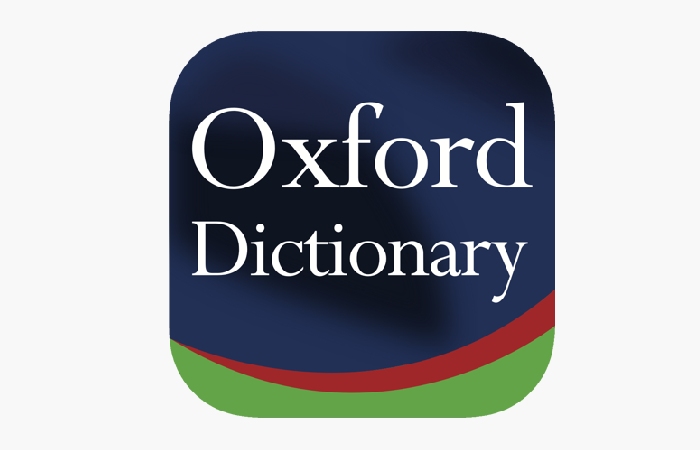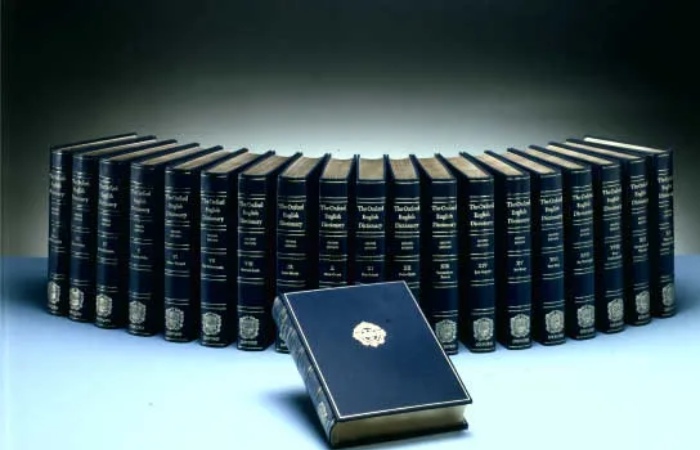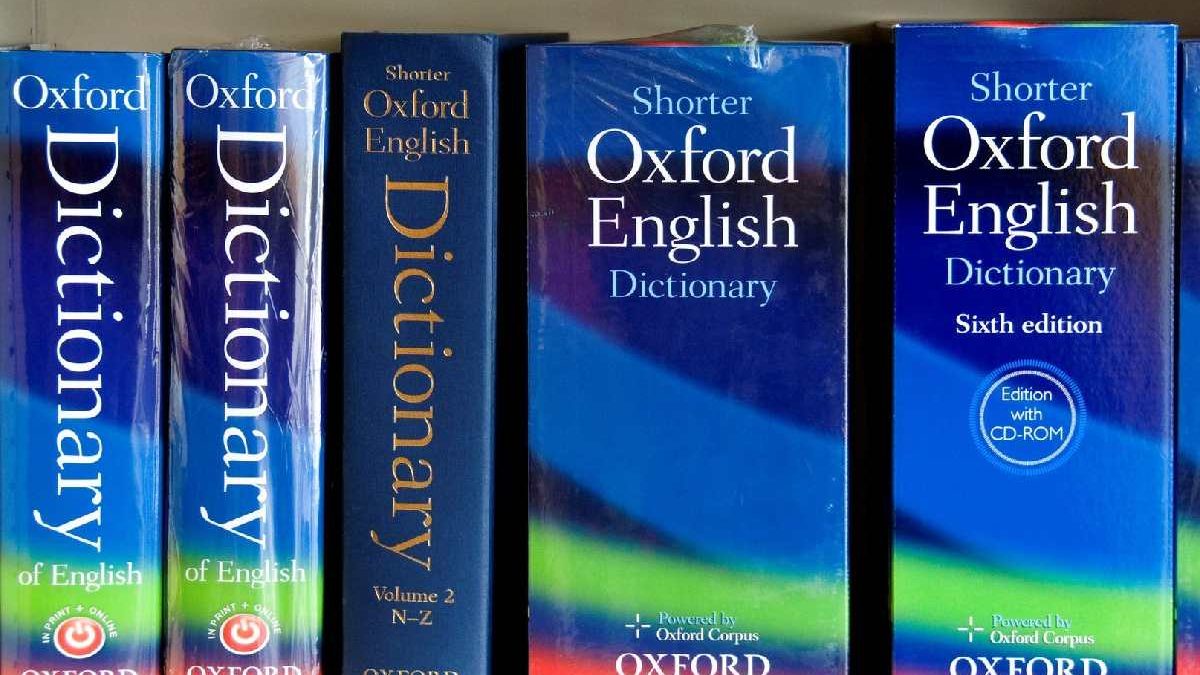An Oxford 250 is University Press (OUP), the college press of the College of Oxford. It is the leading university press in the world, and its production history dates back to the 1480s. Consume officially granted the legal right to print books by ruling in 1586. Moreover, it is the second oldest university press after Cambridge University Press, receives the legal right to publish books.
It is a section of the University of Oxford. If governed by a group of 15 academics known as the Delegates of Press, appointed by the Vice-Chancellor of the University of Oxford. The Secretary leads the Delegates of the Press to the Delegates, who services as OUP’s Chief Executive and its principal representative on other university forms. Oxford University Press has had a similar ascendency structure since the 17th century. The Press situate on Walton Street, Oxford, opposite Somerville College, in the inner suburb of Jericho.
Table of Contents
History of Oxford 250
By the early 20th century, OUP expand its overseas trade. The 1920s saw skyrocketing prices of both resources and labor. Paper was hard to come by and had to import from South America through trading companies. Economies and marketplaces were slowly healthier as 1920s progress. In 1928, the Press’s stamp read London, Edinburgh, Glasgow, Leipzig, Toronto, Melbourne, Cape Town, Bombay, Calcutta, Madras and Shanghai.
Not all of these full-fledges twigs: in Leipzig, there was a yard run by H. Bochum Beet, and in Canada and Australia, there were small, functional depots in the cities and an army of educational legislatures penetrating the rural fastnesses to sell the Press’s stock as well as books available by firms whose agencies were held by the Press, very often including fiction and light reading. The Branch yards in Bombay, Madras, and Calcutta imposed formations with sizable stock inventories in India.
Matrices for Casting Type Collected by Patriarch
The College Oxford start production around 1480 and became a significant printer of bibles, prayer books, and scholarly works. Oxford’s chancellor, Archbishop William Laud, combine the legal rank of the university’s production in the 1630s petition Charles I for rights that would enable Oxford to compete with the Stationers’ Business and the Monarch’s Printer. He got a succession of royal grants, and Oxford’s “Great Charter” 1636 provides the university with the right to print “all manner of books”. Laud also got the “privilege” from the Crown of production of the King James Authorize Version of Scripture at Oxford. This “privilege” shape substantial returns in the next 250 years.
English Civil of Oxford 250
Next, during the English Civil War, Vice-chancellor John Fell, Dean of Christ Ecclesiastical, Bishop of Oxford, and Secretary. If Delegates strong minds to installing printing journalists in 1668, making. It the university’s first central print shop. In 1674 OUP began to print a paper calendar, known as the Oxford Almanack, that has produce annually without interruption from Fell’s time to the present day. Fell drew up the first official programmer for the university’s printing which imagined hundreds of works, counting the Bible in Greek, versions of the Coptic Gospels and works of the Church Fathers, texts in Arabic and Syriac, comprehensive editions of traditional philosophy, poetry, and mathematics, a wide range of feudal scholarship, and also “a history of insects, more perfect than any yet Extant.
Oxford 250 University Press Publishes
Oxford University Press publishes a diversity of dictionaries (e.g. Oxford English Dictionary, Shorter Oxford English Dictionary, Compact Oxford English Lexicon, Compact Editions of the Oxford English Dictionary, Compact Oxford English Dictionary of Current English, Concise Oxford English Dictionary, Oxford Dictionary of Advertising, Oxford Progressive Learner’s Dictionary, English as a second or foreign language resource (e.g. Let’s Go), English language exams (e.g. Oxford Test of English and the Oxford Placement Test), bibliographies (e.g. Oxford Bibliographies Online[47]), books on Indology, music, classics, literature, history, bibles and atlases.
Features of Oxford 250
The “Oxford Open” model smears the majority of their periodicals. And also, The OUP is an associate of the Open Admission Learnt Publishers Association. And also, In 1928, the Press’s stamp read ‘London, Edinburgh, Glasgow, Leipzig, Toronto, Melbourne, Cape Town, Bombay, Calcutta, Madras and Shanghai. Not all of these full-fledge twigs: in Leipzig, there run by H. Bosun Beet, and in Canada and Australia, there were small, functional depots. And also, In the cities and an army of educational representatives all-pervading the rural fastnesses. And also, It sell the Press’s stock as well books publish by firms whose activities were held by the Press, very often counting fiction and bright reading.
Conclusion
OUP, as Oxford Periodicals, has a significant publisher of academic journals in the sciences and the humanities. Such as of 2022. And also, it publishes more than 500 journals on behalf learn societies worldwide. It well-known as one of the first college journalists to issue an open access. If periodical (Nucleic Acids Research) and perhaps the first to introduce Hybrid open access periodicals. And also, Its offering “optional open access” to authors to allow all readers online admission to their paper without charge.

